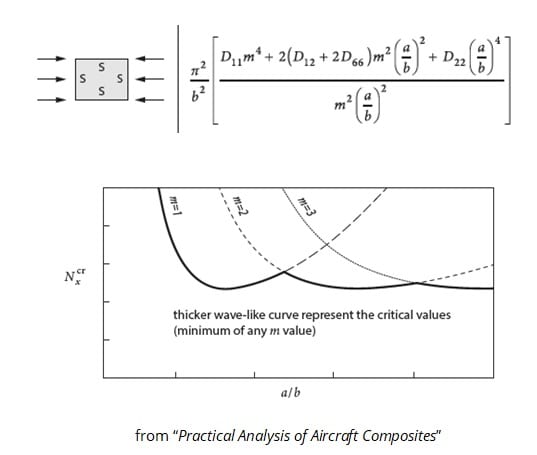midsidenode
Mining
- Sep 18, 2006
- 85
Can someone help me here? I may be having a brain fart. Please take a look at the enclosed figure involving buckling of a panel in pure compression with 4 simply supported sides. How is the enclosed Figure obtained? My plot of the allowable buckling load vs the aspect ratio looks nothing like this but this is indeed what a typical buckling load chart looks like. For example, for an aspect ratio of 1, the allowable buckling load is obviously .161 N/mm for this case. What am I doing wrong here? Just assume m=1.



